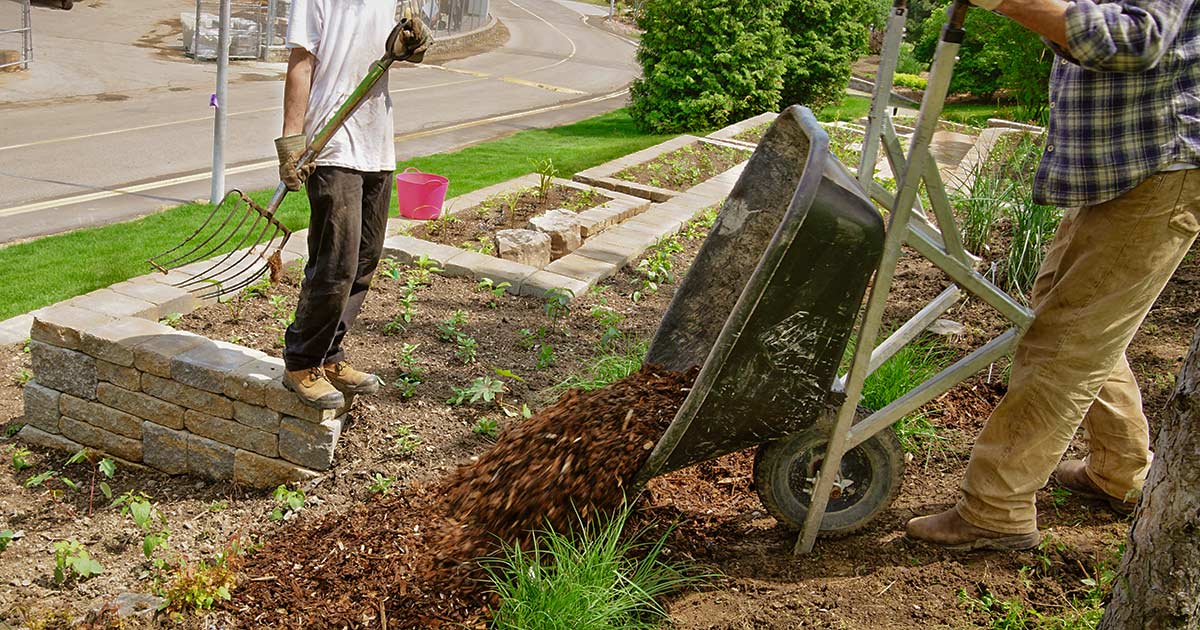Landscaping a backyard serves a quantity of essential functions, both practical and aesthetic. The particular objectives of landscaping a backyard could differ depending on particular person preferences, the meant use of the space, and the general design goals. Here are some common purposes of landscaping a backyard:
Enhancing Aesthetics: One of the first purposes of landscaping is to improve the visual attraction of a backyard. Thoughtful design, the selection of crops, and the arrangement of features can create an attractive and harmonious out of doors area.
Creating Trani’s Landscaping : Many people panorama their gardens to create a peaceable and stress-free setting. Features similar to seating areas, water options, and luxurious vegetation can contribute to a serene environment.
Increasing Property Value: A well-landscaped garden can add value to a property. It enhances curb appeal and may make a house more engaging to potential buyers, resulting in the next resale worth.
Providing Privacy: Landscaping parts like hedges, fences, or strategically placed timber and shrubs can provide privateness by screening the backyard from neighbors or busy streets.
Improving Functionality: Landscaping could make a backyard more functional by creating designated spaces for numerous activities, similar to dining, gardening, enjoying, or entertaining.
Enhancing Outdoor Living: Landscaped gardens typically embrace features like patios, decks, and out of doors kitchens that present opportunities for outside living and entertaining.
Conserving Resources: Sustainable landscaping practices can be utilized to preserve assets, such as water and energy. Sprinkler Repair St George , for instance, focuses on water-efficient plant selections and irrigation methods.

Attracting Wildlife: Landscaping with native crops and creating habitat options can entice wildlife, corresponding to birds, butterflies, and pollinators, contributing to biodiversity.
Reducing Erosion: Proper landscaping strategies, together with the use of floor covers and retaining walls, can help stop soil erosion and stabilize the garden's terrain.
Promoting Well-Being: Gardening and spending time in a well-landscaped backyard can have therapeutic advantages, scale back stress, and promote physical and mental well-being.
Environmental Benefits: Landscaping with bushes and vegetation helps reduce carbon dioxide ranges and offers oxygen, contributing to improved air quality. It also helps manage stormwater runoff and reduces the warmth island effect in city areas.
Personalization: Landscaping allows homeowners to precise their individual style and preferences. It provides a possibility to personalize the backyard house to replicate one's style and creativity.
Economic Benefits: A well-landscaped backyard can scale back energy prices by providing shade and insulation to a house. It can also reduce the need for upkeep in the long term.
In summary, landscaping a garden serves a extensive range of purposes, from improving aesthetics and increasing property worth to creating useful outside areas and promoting environmental sustainability. The specific goals of landscaping can differ from one backyard to a different, but the general aim is to boost the sweetness, functionality, and delight of out of doors areas..
